2023 Environmental Studies Capstone Presentations
Tuesday May 23, 2023
2:00-6:00pm in Morken 105
2:00-2:20pm, The Illegal Wildlife Trade of Tigers and Pangolins in Myanmar
Makaela Whalen
The illegal wildlife trade is an issue that threatens the environment, animals, and people across the world. My project focuses on how to combat the trade of tigers and pangolins in Myanmar, specifically with the additional problems presented with the conflict and political instability in the region. Political science provides an analysis of these further complications, and an assessment of current regulations. Global studies also comes in to provide insight into the cultural and social values of the people involved. With this understanding my project aims to provide recommendations of effective measures that can be used to combat the illegal trade of these species in Myanmar.
I would like to thank Dr. Mckenney for her unwavering support down this rabbit hole. As well as Professor Ramos, Dr. Artime, and Professor Hammerstrom for all of their critical input. Thanks to my capstone peers for all the help as we tackled this difficult challenge. Lastly, to my family, of both two legs and four, for having my back in all the hardest stages of this project.
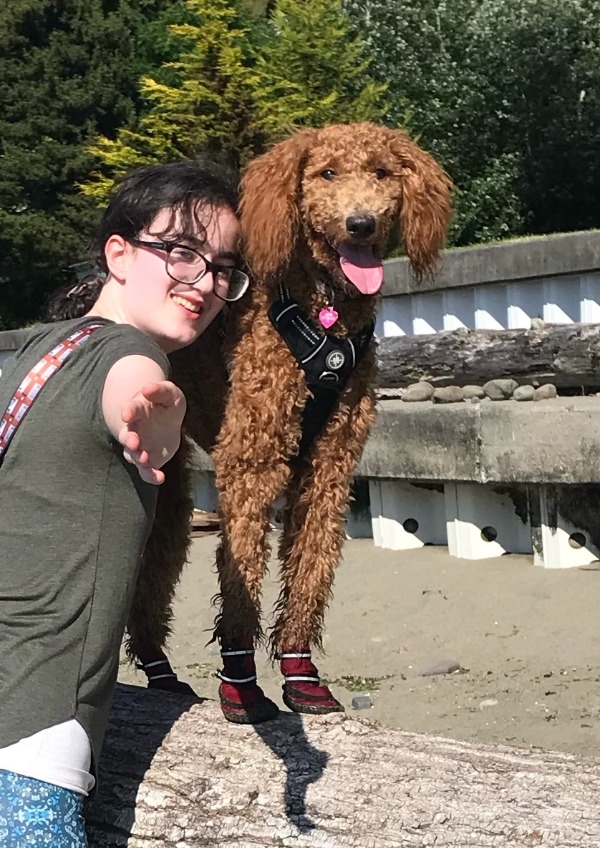
2:20-2:40pm, Groundwater Withdrawals and Streamflow Restoration
in Tacoma, Washington: A Case Study of Streamflow
Restoration in the Chambers-Clover Creek Watershed
Ally Lessard
In 2018, the Streamflow Restoration Act passed in Washington state. This policy targets water consumption from permit exempt wells as they are implemented in water resources inventory areas (WRIA) across the state. In my paper I maintain a specific focus on the Chambers-Clover Creek watershed in WRIA 12, and analyze the impacts of permit exempt wells on the watershed through an understanding of groundwater and its role in maintaining streamflow. Further, through an understanding of the streamflow restoration act, I determine the effectiveness of environmental policy to regulate restorative efforts, as well as form pilot projects that counter water withdrawals from wells and provide Net Ecological Benefit (NEB).
I’d like to thank Dr. Mckenney for her tireless support during this process, as well as Dr. Artime for supporting this project, and aiding in my understanding of policy. I’d also like to thank Dr. Ramos, Dr. Dowland, Lauren Loftis, the Chambers-Clover Creek Watershed Council, and all those involved in the Chambers-Clover Creek Digital Archive and Exhibit for supporting my studies of the watershed this year. Lastly, many thanks to my friends and family for pushing me towards finishing and finding the passion in this work. I am grateful for a year of learning and growing, and hope to showcase the value of preserving this treasure of Parkland for years to come.

2:40-3:00pm, Housing First: A Human-Centered Solution to Housing and Water Crises in Tacoma, Washington
Dylan Ruggeri
Since the 1940s, Tacoma has had a growing population of unhoused residents, with that population reaching nearly 2000 people in 2022. Tacoma is also the largest city in the Chambers-Clover Creek watershed. This watershed is impacted heavily by the pollution of its urban setting, including pollution from unhoused encampments. Using an environmental studies lens and socio-political frameworks including a public policy lens, this paper analyzes Tacoma’s housing and water crises separately and explores the ways that the issues are related. Advocating for a shift in Tacoma’s housing policy patterns, this paper argues for the city’s adoption of Housing First to shelter the city’s unhoused population and increase the water quality of Washington’s Chambers-Clover Creek watershed.
I would like to thank Dr. Adela Ramos and Dr. Rose McKenney for their support and positive energy during my time in the department and during this process. I would also like to thank Dr. Michael Artime, Dr. Maria Chavez, and the water of the Pacific Northwest for sharing their expertise and wisdom with me. I also want to thank Annika Nordleaf-Nelson, Tony Colville, and Salim Theo Houck for all the tired capstone work sessions, the support at every turn, and for being my family. Finally, thanks and congratulations are in order for the rest of this amazing Environmental Studies capstone cohort. We did it!
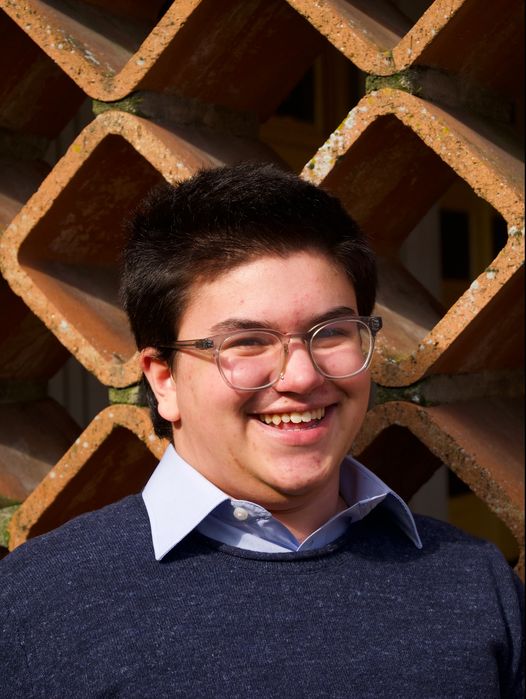
3:00-3:20pm, Comparing Puyallup River and Kokemaenjoki
Watershed Strategies’ to Improve Water Quality
Sarah Paquet
A watershed is a complex river system that drains to an outlet or large body of water. Its importance stems from the development of a healthy ecosystem for not only those residing within the area, but water quality levels, as well. The specific element of these watersheds will be average water quality scores from 2013-2017. When comparing the Puyallup River watershed in Washington State with the Kokemäenjoki watershed in Finland both have their own set of environmental projects for maintaining water quality. By analyzing the water quality scores between 2013 to 2017, this will represent what makes a certain set of implementation projects more effective than the other. Furthermore, the main focus of this study will directly look at the health of these watersheds through a political and environmental science lens. The Kokemaenjoki watershed is located in Finland, and is regarded as having very high water quality scores within the past decade. Since it is located in Tampere, Finland it has had a history of not always having high water quality, since it is an area that is highly urbanized. Over the years, the water quality has improved and is now considered excellent. The Puyallup river watershed is also highly urbanized and within areas that experience stormwater runoff, where water quality scores are reported as much lower. The focus of this capstone had been comparing Puyallup River and Kokemaenjoki watersheds by identifying the different policy implementation projects and what is being done to improve water quality. Comparing these two watersheds is important because both take place in areas with high population density and it would be important to understand what Finland is doing that Washington is not.
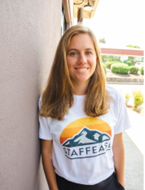
3:25-3:45pm, The Case of Oatly: How Sustainable Marketing Can Help Prevent Climate Change
Vilde Aker
Society has long been aware of the link between unsustainable consumption
patterns and climate change, yet this knowledge has often been disregarded, leading to the ongoing environmental challenges. Traditional marketing and advertising perpetuate these patterns by promoting excessive consumption and endorsing an unhealthy narrative. In response, sustainable marketing techniques offer a promising avenue for change. This study examines how consumer behaviors and societal norms can be shifted towards sustainability by leveraging sustainable marketing strategies. The case study of Oatly, a Swedish oat company, is analyzed to assess the effectiveness of sustainable marketing techniques such as stealth marketing, social proof, and identification in driving long-term social and environmental change.
Oatly’s transformative marketing approach serves as a valuable example. In 2012, Oatly moved beyond being simply positioned as an “alternative to dairy” and adopted sustainable marketing practices, emphasizing transparency, system change, sustainability, and inclusivity.
By addressing the persistent issue of unsustainable consumption patterns, this study contributes to the urgent need for a more sustainable and environmentally conscious society. It underscores the critical role of sustainable marketing as a catalyst for embracing sustainable practices, breaking away from detrimental consumption habits, and mitigating the adverse impacts of climate change; and how we can effectively market sustainable behaviors to contribute to long-term sustainable societal and environmental change.
I am deeply grateful to Dr. Adela Ramos, Dr. Rose McKenney, and Dr. Amy
Young for their guidance and unwavering support. Your presence in countless Zoom meetings, calming my fears and instilling confidence, has been invaluable. To my partner, Cole Jackson, your unwavering belief in me has been a constant source of strength. Your support and encouragement have been instrumental in navigating this challenging journey of the last semester at PLU – tusen takk!
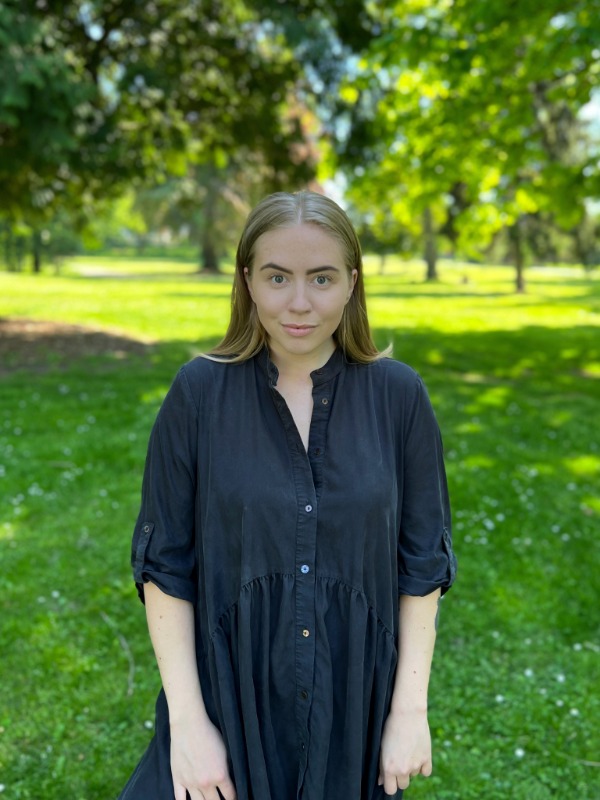
3:45-4:05pm, Building Relationships Between Indigenous Tribes and
Sports Teams to Promote Environmental Equity
Nick Etzell
Throughout history, the realm of sports has served as a significant channel for driving social change, spanning from movements advocating for equality in terms of race and gender to discussions about police brutality and political leaders. Nonetheless, the extent to which sports can contribute to the environmental cause is yet to be fully established. One promising, widespread way in which sports–and more specifically, sports teams—can more intentionally contribute to the environmental movement is through relationships with local Indigenous groups.
Using principles of Social Psychology and Native American Indigenous Studies, this project will outline the multifaceted benefits of these partnerships, providing a framework for professional sports teams to use as they create meaningful relationships with tribes, relying on the expertise of these Indigenous populations to create significant local environmental change.
I would like to thank Dr. Adela Ramos and Dr. Rose Mckenney for their constant support in this journey–and it has certainly been a heckuva journey! I would also like to thank my official mentors, Dr. Corey Cook and Dr. Suzanne Crawford O’Brien, both of whom have contributed greatly to this project, providing wisdom at every turn. Thanks must also be provided for my unofficial mentors: Dr. Sergia Hay, Blake Clapp, Duncan Haddock, Caeden Newby, and Isaac Luedtke. These humans consistently redefine meaningful friendship, and I am forever in their debt.

4:05-4:25pm, Clover Creek and its Indigenous People
Belen Zuniga
Pairing Environmental Chemistry and Indigenous Studies allows us to see changes made to the Clover Creek watershed. Environmental Chemistry can show changes in water quality due to residential changes in the area. Using ENVT 350 data and comparing it to the WAC(Washington Administrative Code ) can determine if the creek can support salmon life. The lack of salmon present in the creek means that indigenous people cannot harvest their first foods. After the medicine creek treaty in 1854, the U.S. government forced natives into reservations away from their tribes where they harvest. This is why there are not many tribes near Clover Creek and no tribes manage the watershed either. For a long time, Indegouens people practiced Food Sovereignty which is the right to practice first foods, in a culturally appropriate and healthy way to decolonize. Salmon is a cultural practice for Indigenous people, they have a deep connection to the watershed and poor water quality can affect their cultural practices and food sovereignty. Residential areas have altered the path of the watershed, overtime the watershed degraded, and many of their first foods were affected. Indigenous people can no longer use the watershed because there is no sign of life.
Thank you Dr. Adela Ramons and Dr. Rose McKenny for guiding and supporting me throughout this capstone process. I would also like to thank Dr. Suzzane Crawford O’Brien for helping me with connections for my paper.

4:25-4:45pm, Community Involvement to Better the Health of Urban
Waterways
Greta Schwartz
Water impacts every aspect of life and is becoming increasingly threatened as climate change progresses. Urban water bodies in particular face unique challenges due to high development resulting in higher water temperatures, increased pollutants, and exacerbated flood conditions. Minnehaha Creek in Minneapolis, Minnesota is one such urban stream that has been impacted by
urbanization. There are many different factors to consider when planning stream restoration such as the source of health issues and how to determine health. I used methods from Geoscience to discover that Minnehaha Creek suffers from high water temperatures that make the creek inhabitable for fish species and flood events that further destabilize the creek. Using Political Science I developed a framework designed to help guide an action plan committee through the
many factors involved in improving the health of Minnehaha Creek.
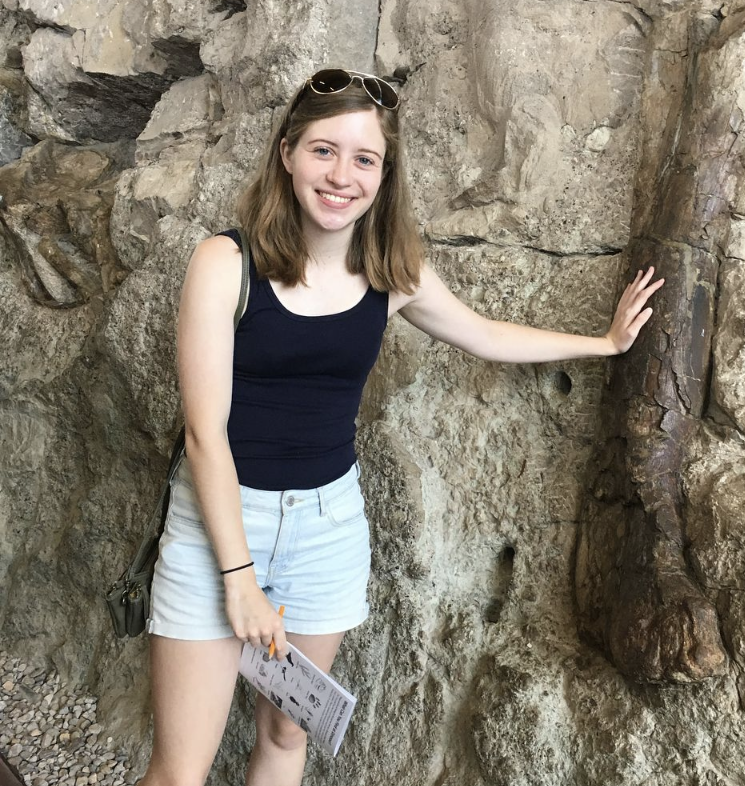
4:55-5:15pm, Food Sovereignty as a Model for Repairing Relationships
on the Pacific Lutheran University Camas Prairie
Salim (Theo) Houck
Camas, a perennial flowering plant with an edible root bulb, is an important food in the traditional Coast Salish diet. The land where Parkland, WA is today was once miles of camas prairie that fed Coast Salish people for thousands of years. The Pacific Lutheran University (PLU) Meadows Disc Golf Course is one of the few remaining camas prairies in Parkland. This paper explores answers to the question, “How can PLU repair relationships with local Indigenous communities and the earth through restoration of the camas prairie ecosystem?” I use principles from Indigenous Studies and Environmental Studies to investigate the history of colonization in Parkland and land use on PLU’s camas prairie. I describe how local tribes are practicing food sovereignty by revitalizing camas harvest practices and restoring camas prairies, including the restoration methods they use. I also examine how an effort to repair relationships through camas prairie restoration aligns with PLU’s mission and values. Ultimately, I recommend that PLU create a conservation easement for the camas prairie that includes harvest rights for Coast Salish tribal members for perpetuity. Additionally PLU should organize a group of well informed stakeholders, including members of the Steilacoom, Squaxin Island, Nisqually, and Puyallup nations, to decide together how best to restore the PLU camas prairie ecosystem so that camas can be harvest there for generations to come.
Thank you to Rose McKenney, Adela Ramos, Suzanne Crawford O’Brien, Romey Haberle, Micheal Behrens, Wendy Call, and Claire Todd for their guidance and for sharing their knowledge. Thank you to my mom, Amy O’Neill Houck, for instilling a love of foraging in me from a young age. Thank you to my dad, James Houck, for always finding ways to help me connect to the earth. Thank you to my brother, Hal Houck, for teaching me care and reciprocity. Thank you to my friends for letting me teach you everything I learn and talk through all my ideas. And, perhaps most importantly, thank you to the camas, the garry oaks, and the prairie itself for teaching, inspiring, and encouraging me. This paper would not be what it is without every one of you, and neither would I.
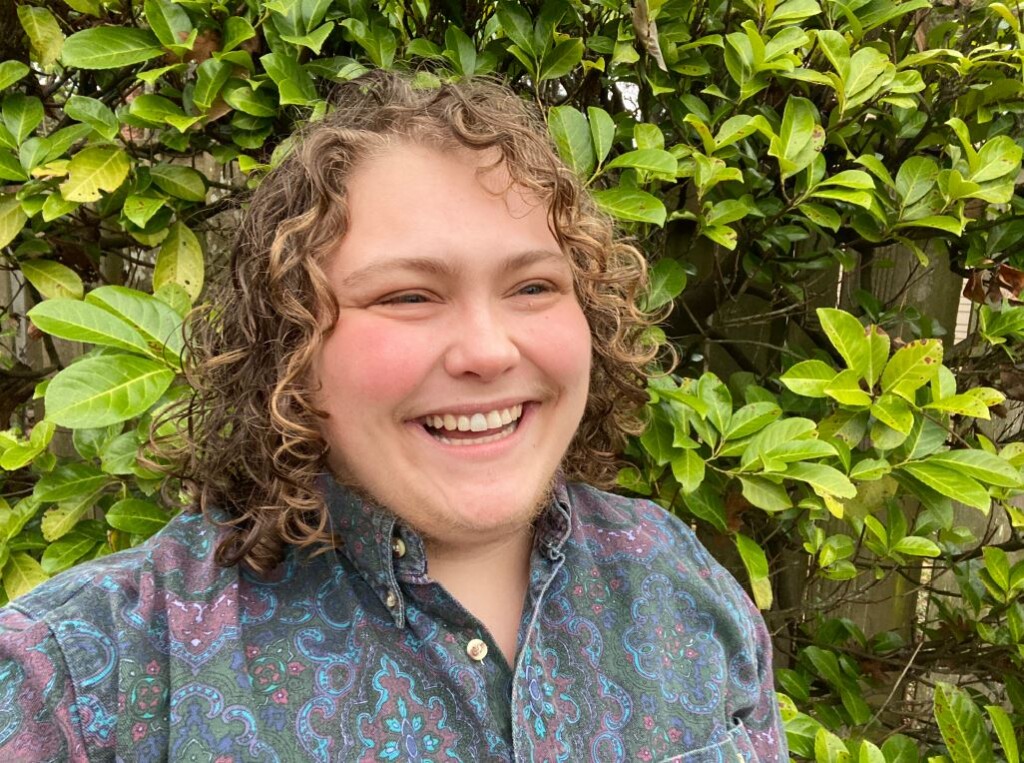
5:15-5:35pm, Aquatic Resourcism: Ethical Management of
Aquaculture in the Salish Sea
Gunnar Legler
My paper is an ethical consideration for aquaculture in the Puget Sound. The product of this paper is a criteria developed to guide local organizations and government entities in proper management of aquaculture in the Sound. This criteria is developed upon the precautionary principle and follows management considerations weighed in a risk analysis. The goal of this assignment is to prompt listeners and readers to consider the risks of aquatic farming and the benefits that can be reaped by holding entities responsible for their management strategies.
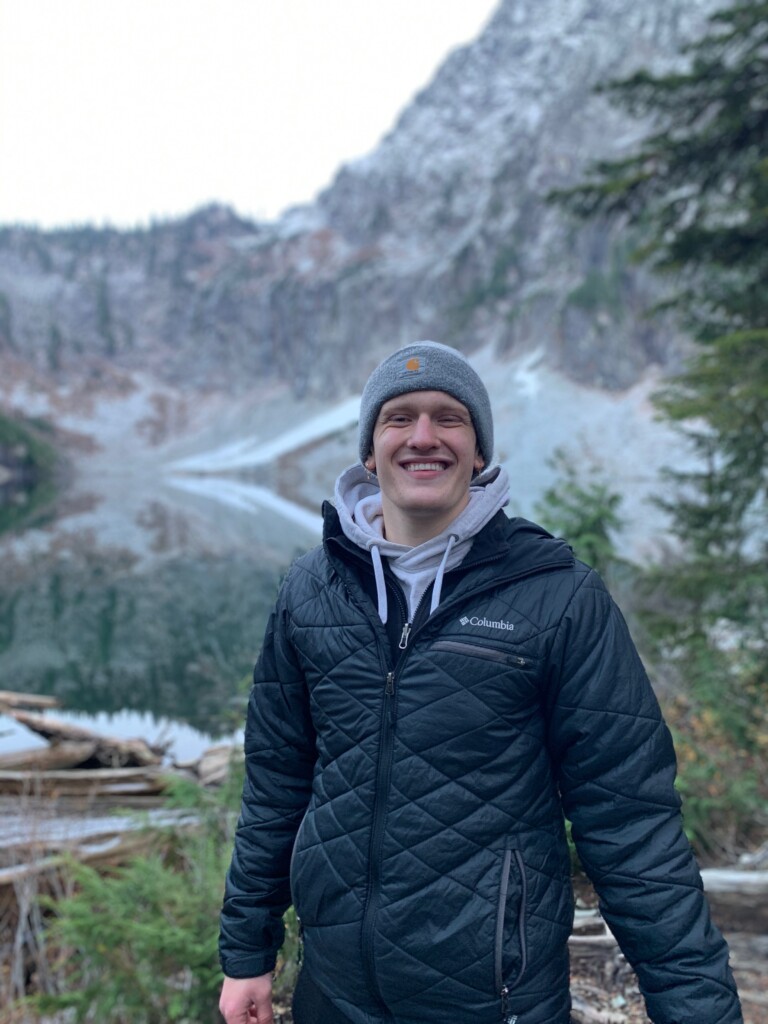
The Moral Obligation to Address Consumers’ Knowledge Gap of Organic Produce
Kord Tuttle
More now than ever, the majority of the population is disconnected from their food source. This can be shown by the misconceptions that the general population holds surrounding organic produce. Producers are able to charge a higher price for an organic product that consumers think has added benefits like safety and nutrition. Large corporations are profiting from the disconnect between the consumer and the product. With communication styles that may deceive more than the ignorant consumer, who is at fault? My Capstone explores where and on whom the moral obligation lies when it comes to educating consumers about organic produce.
I would like to thank the environmental studies department as well as the geoscience department. Specifically Dr. McKenny, and Dr. Ramos. I would also like to the thank Marnie Ritchie and Sergia Hay in their assistance and guidance during this project.




Social Media